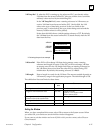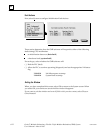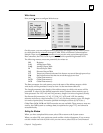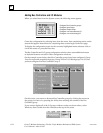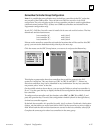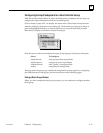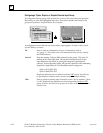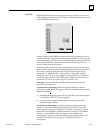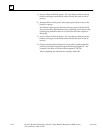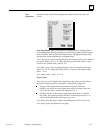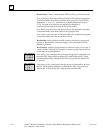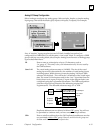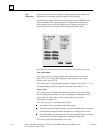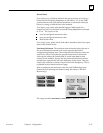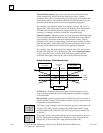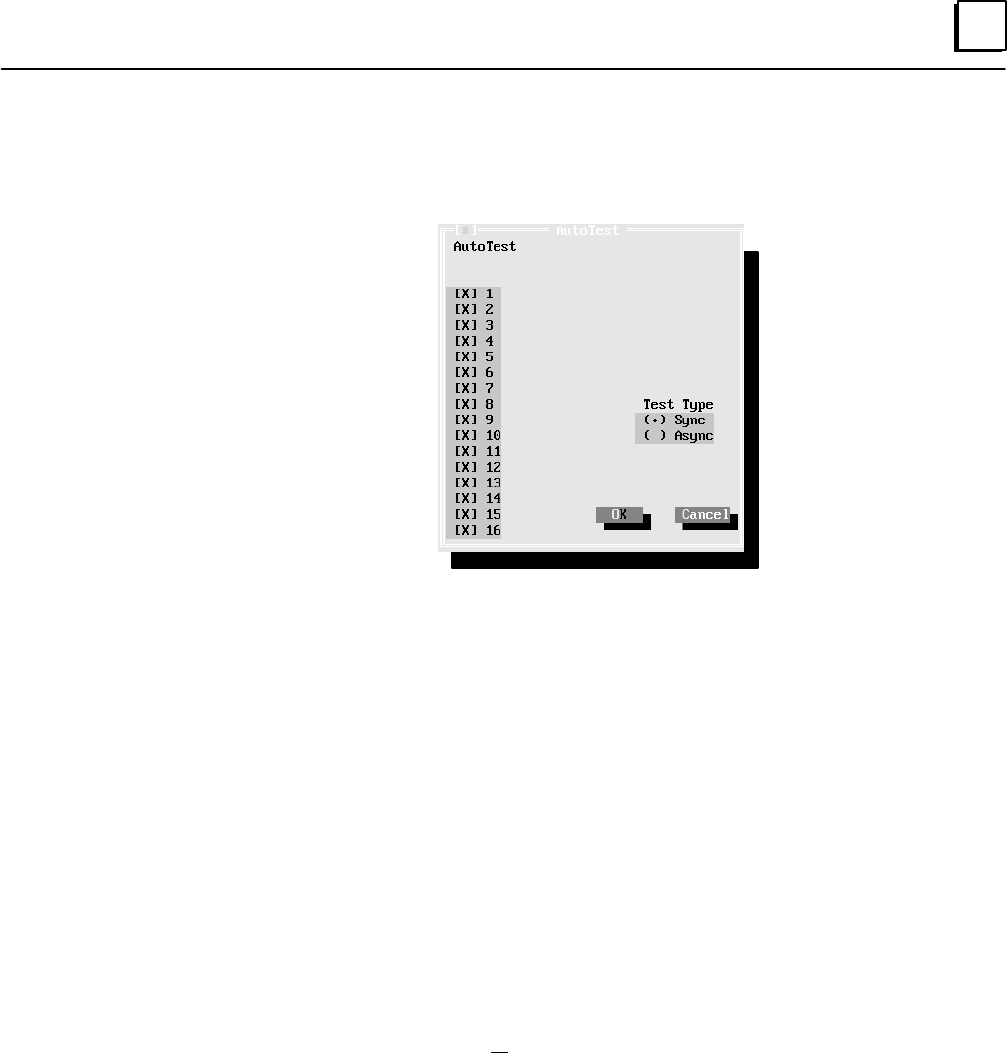
6
6-29GFK-0787B Chapter 6 Configuration
Highlight this item then press the space bar key to display a screen for
setting up Input Autotest and Test Type for individual circuits (screen for
16-circuit blocks shown here).
If input circuits on the blocks in the group should be autotested, circuit
16 (the powerfeed output) must have autotest enabled. If no circuits are
to be autotested, circuit 16 can have autotest disabled, and input devices
can be wired directly to the power source instead of being wired to
circuit 16 (the powerfeed output).
By default, each circuit is set up for autotesting, as shown by the X next
to the circuit number. To turn off autotesting, select that circuit (click on
the circuit or select it using the cursor keys). Press the space bar to
remove the X. Note: For all unused circuits on the blocks, autotest
should be set to off. Also, it is possible for an input block to include I/O
circuits that are not part of the GMR system, and which are not to be
autotested. Be sure to turn autotest off for non-GMR circuits.
Test Type: Select whether the testing should be Synchronous (the
default) or asynchronous.
Asynchronous Autotesting: allows the input autotest to continue
executing on other blocks in a group which are not affected by the fault.
It can be selected if:
A. redundant discrete input devices are used (the power feed outputs
of each block ARE NOT wired together).
B. non-redundant simplex discrete input devices are used with
isolation between blocks.
Synchronous Autotesting: synchronous input autotesting must be
selected if non–redundant simplex discrete input devices are used
without isolation between blocks (I.E. the power feed outputs of each
block ARE wired together). With Synchronous Autotest, Loss of Block
faults or certain autotest faults may prevent the autotest from
continuing to execute for that input block group and thus cause a I/O
shutdown for the inputs in the group. See page 4-18 for more
information.
Auto Test



